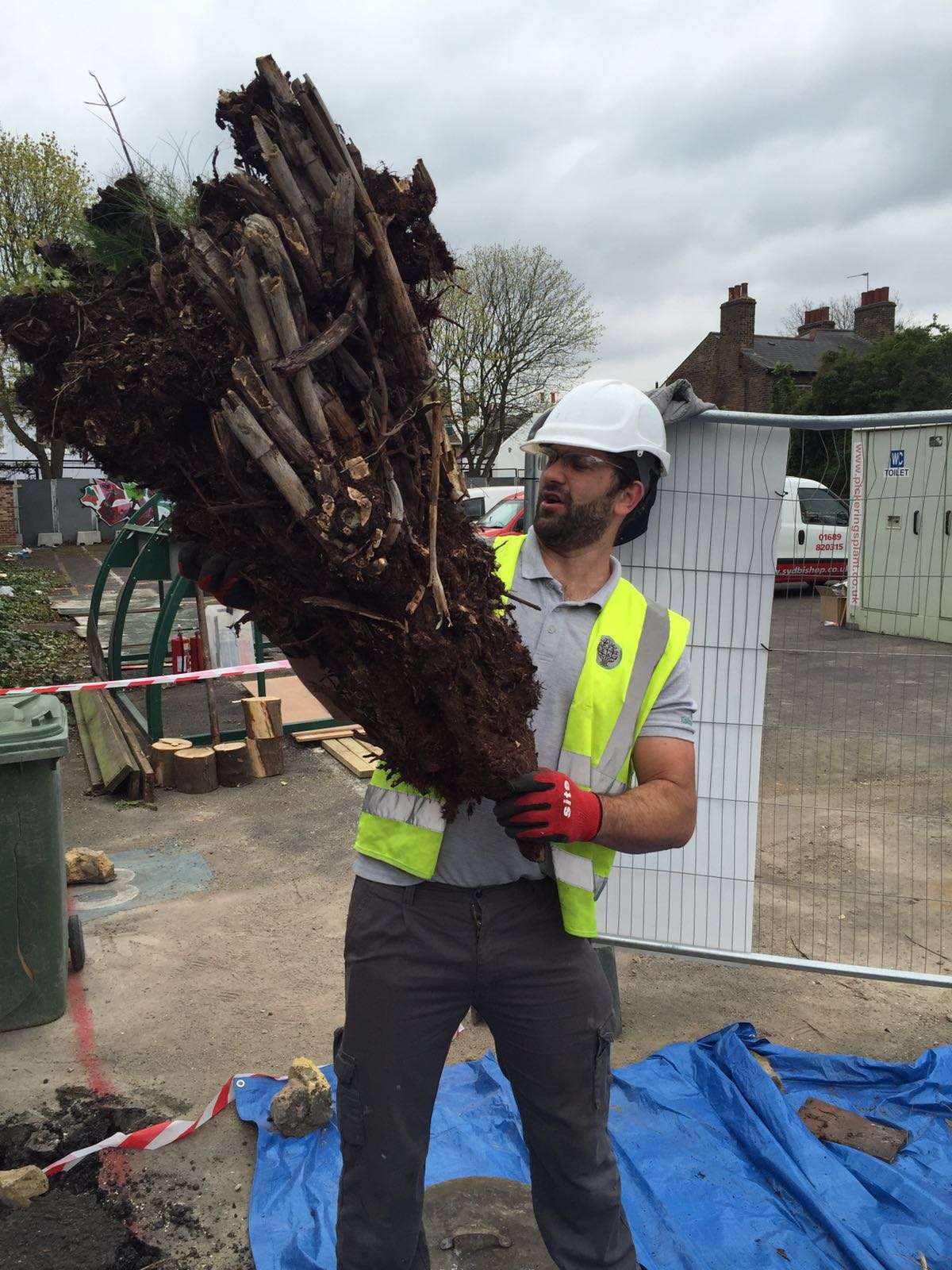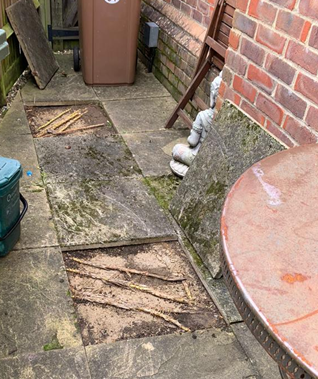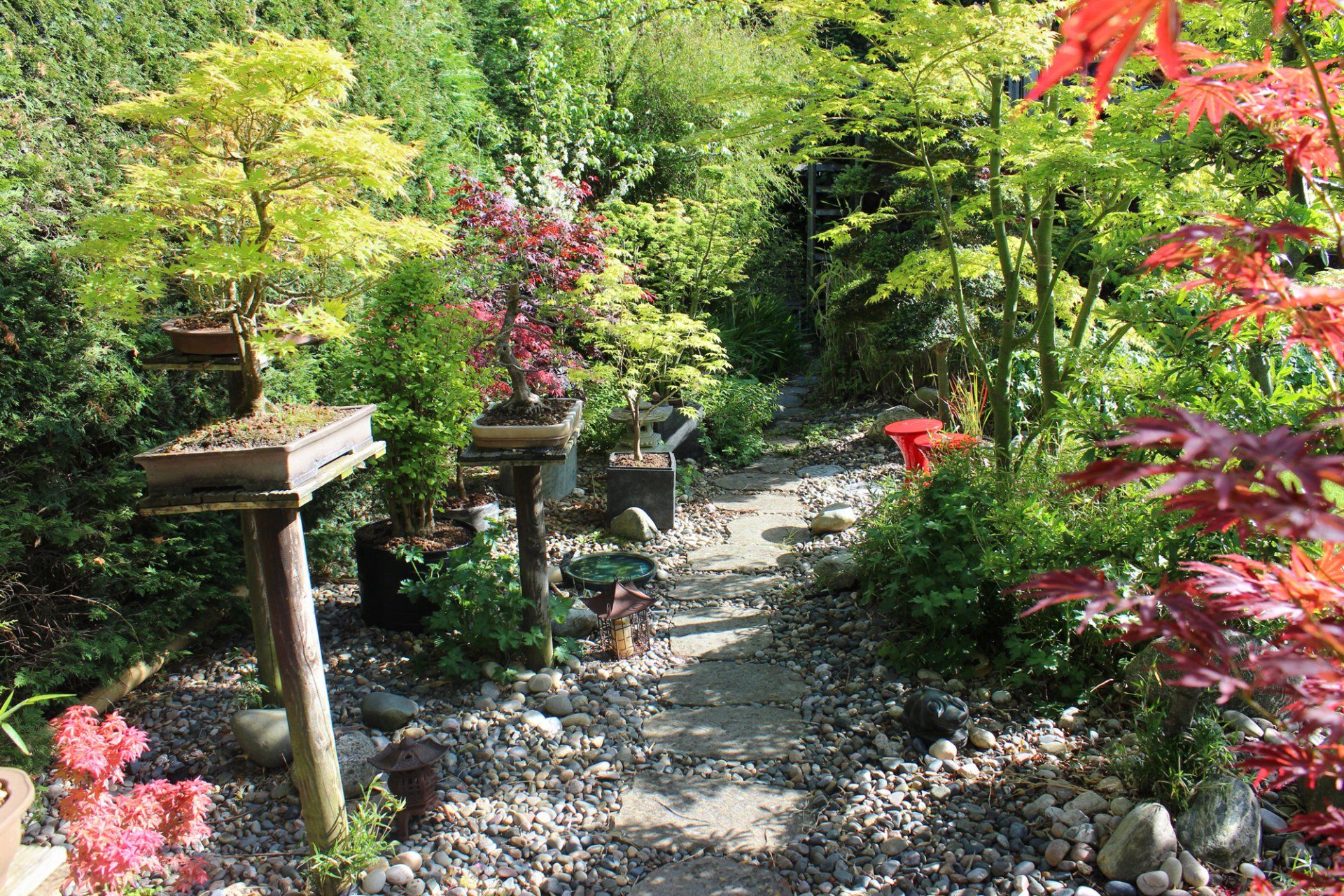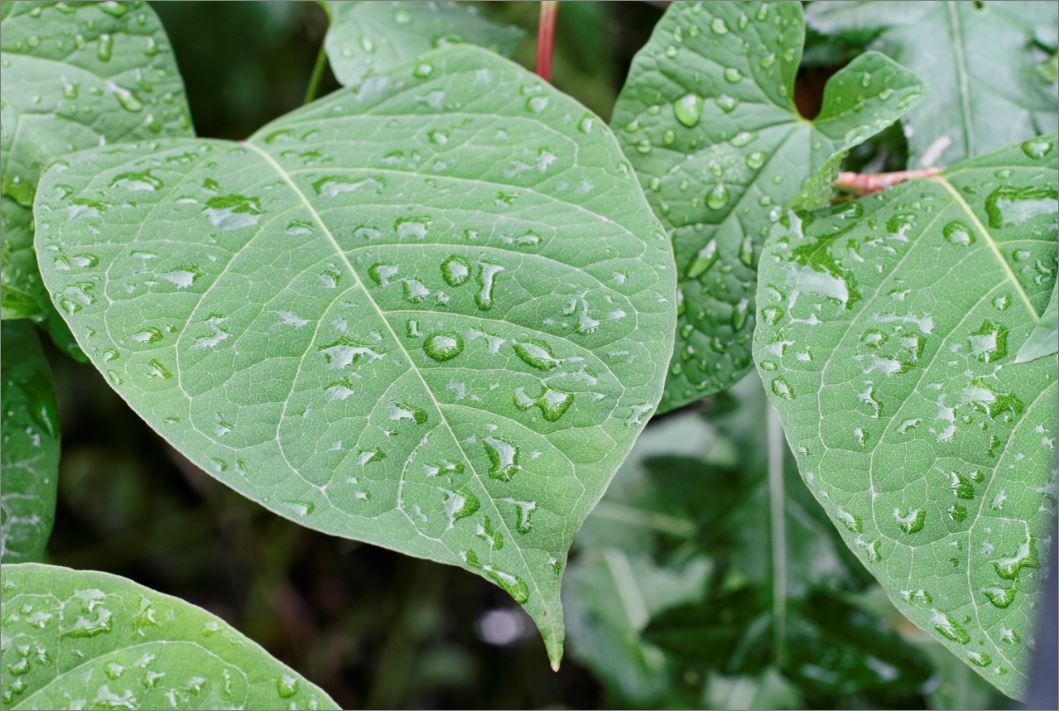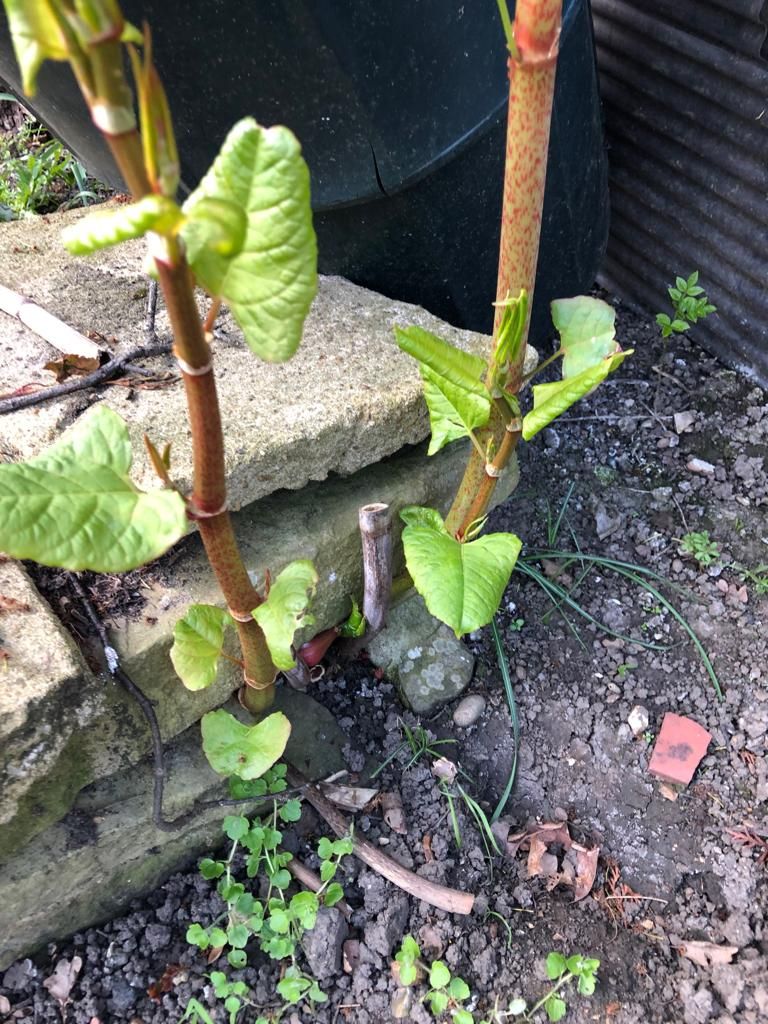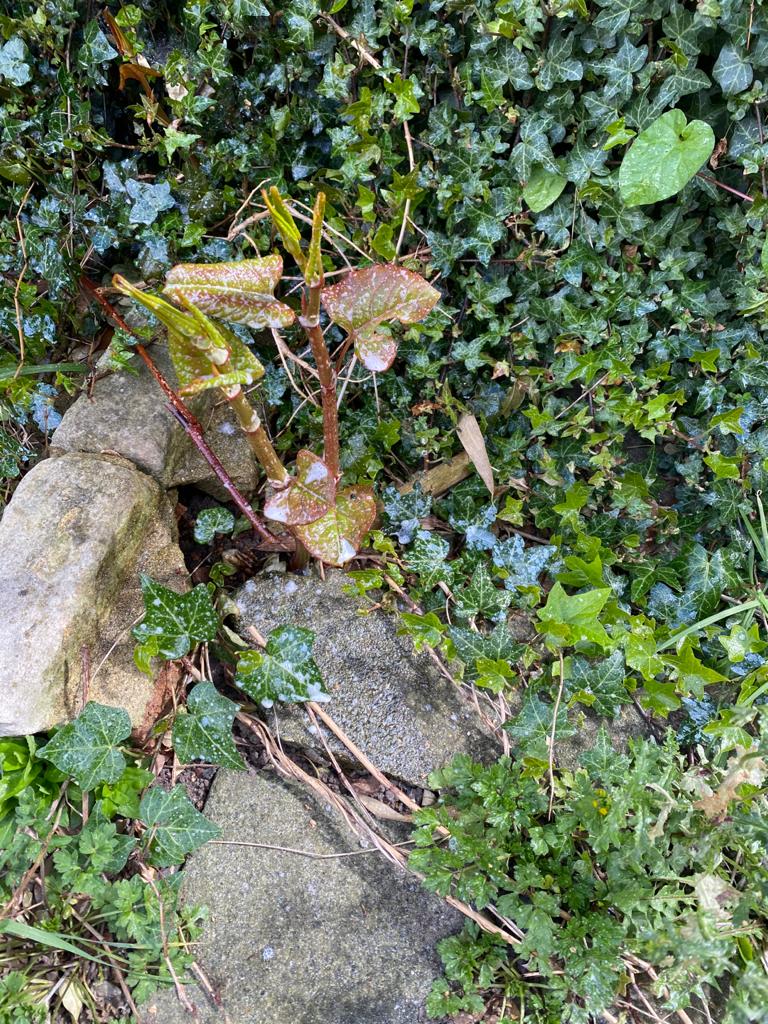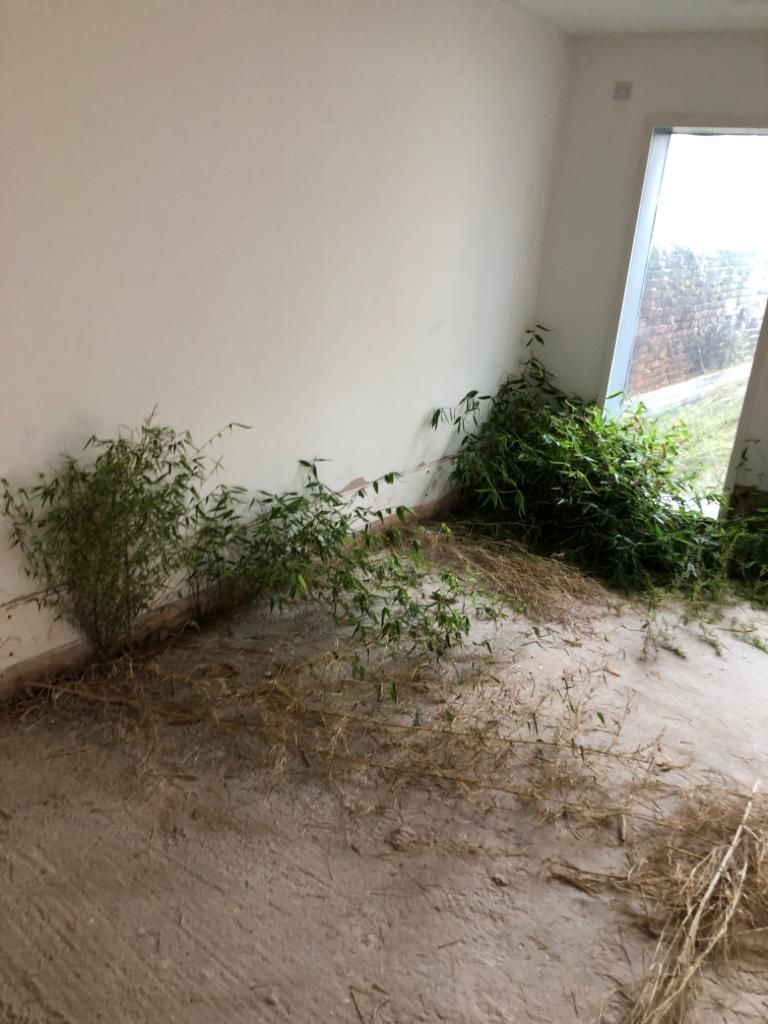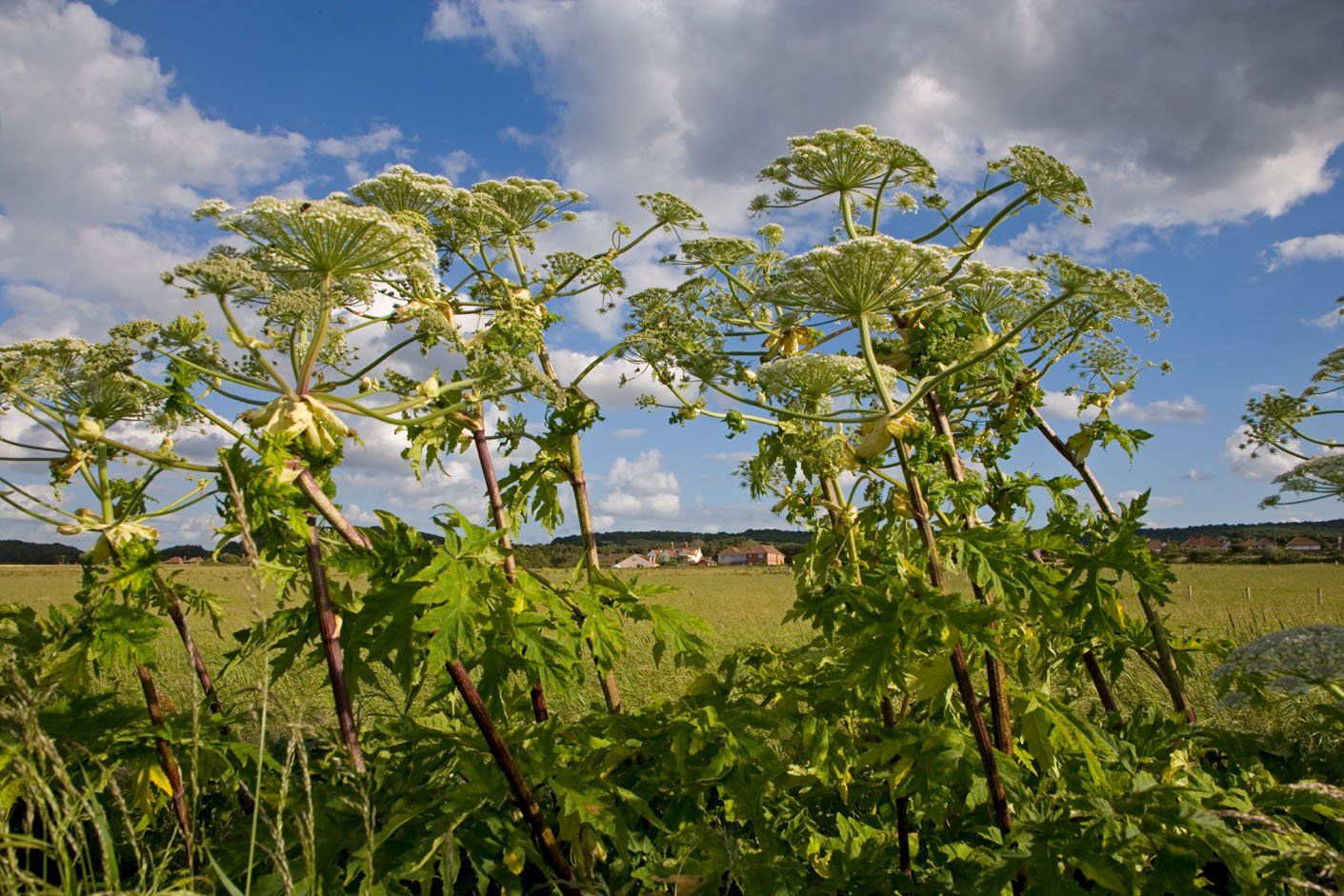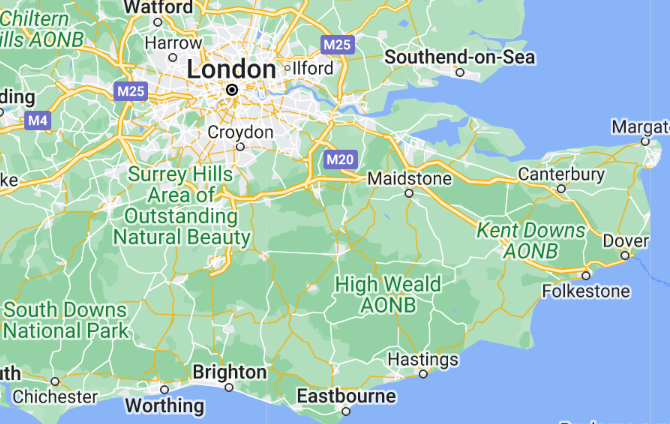How To Identify Japanese Knotweed
Not sure if you have Japanese knotweed in your garden or something else growing there? You need to eliminate the invasive plant as soon as possible, so it’s best to know for sure what you have grown. Here’s how to identify knotweed and differentiate it from other plants that may appear similar.
Read more for some further information on identifying Japanese knotweed in your garden.
Plant and Leaves
Japanese knotweed is a plant that does not require additional support and will grow as a freestanding plant.
When the Japanese knotweed first starts to appear out of the ground, you’ll notice the shoots appear red or purple in colour and they look a lot like asparagus tips.
They grow very rapidly, up to 10 cm per day, which means they need to be dealt with rather rapidly. The plant itself can reach 3-4 metres and features broad green leaves from a red-brown stem.
Flowers form in clusters and are usually apparent on the plant in late summer and stay until the plant is ready to enter dormancy. The lacy white flowers are quite small and grow in sprigs. In some versions of Japanese knotweed, the flowers may appear pink, but most of them are white.
Roots or Rhizomes
The root of the Japanese knotweed is called a rhizome and is quite distinctive. When you dig it out of the ground, which is necessary to eliminate it, you’ll find long roots that are lumpy and dark brown. These rhizomes are quite crisp and can be snapped in half easily, to reveal a rather orange centre. The rhizomes come in many sizes and tend to mould to the shape of rocks or things in the way.
The new plants grow up from the rhizomes, which extend out from the main plant and can grow up to 2 metres long. The rhizome growth then continues to expand. The roots may also grow up to 3 metres deep and this means you’ll usually need a specialist to truly eliminate them.
Even a tiny bit of rhizome left in the ground can re-establish the plant in a few days.
Bindweed is often mistaken for Japanese knotweed, but it requires structure to grow and cannot stand alone. Once you know the difference, it’s fairly easy to see if you have an invasive species or something less dangerous.
Get In Touch
Japanese knotweed must be treated by professionals to ensure it is completely removed. At
Gaia Environmental, we have the tools and experience to eliminate this plant from your garden before it becomes a bigger problem. Get in touch with our team today by calling 01634 924315 or emailing
info@gaiauk.com.


